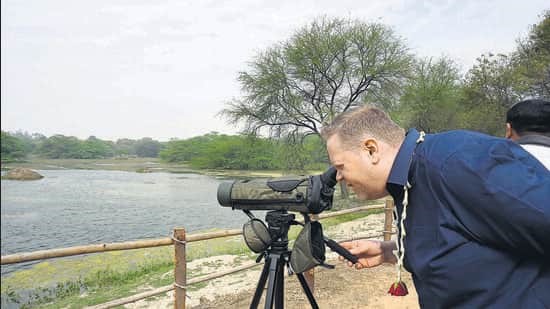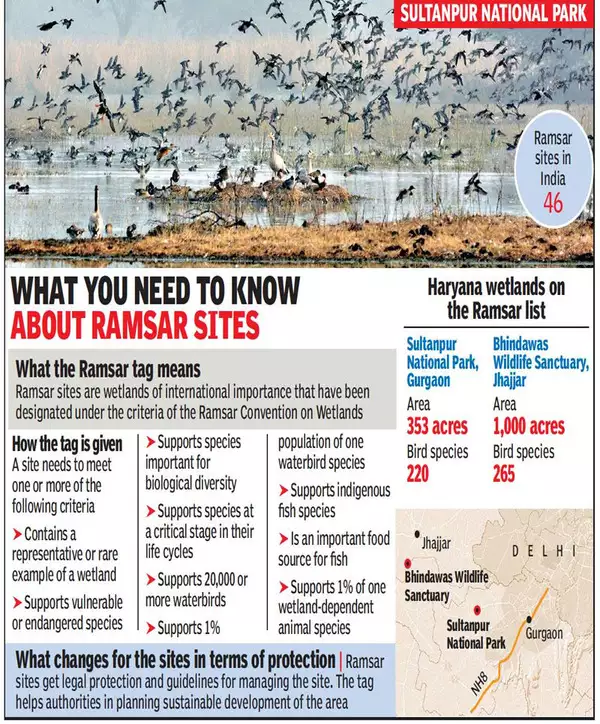Free Courses Sale ends Soon, Get It Now


Free Courses Sale ends Soon, Get It Now



Disclaimer: Copyright infringement not intended
Context: G20 delegates enjoyed day out with birdwatching, pottery at Sultanpur National Park.
Details:
About Sultanpur National Park:

Background:

Species of Birds at Sultanpur Bird Sanctuary:
PRACTICE QUESTIONQ) Which of the following statements is/are incorrect with reference to Sultanpur National Park? a. It is part of Central Asian Flyway. b. It is a Ramsar site. I. Only a II. Only b III. Both a and b IV. Neither a nor b Answer: Option IV |
© 2024 iasgyan. All right reserved